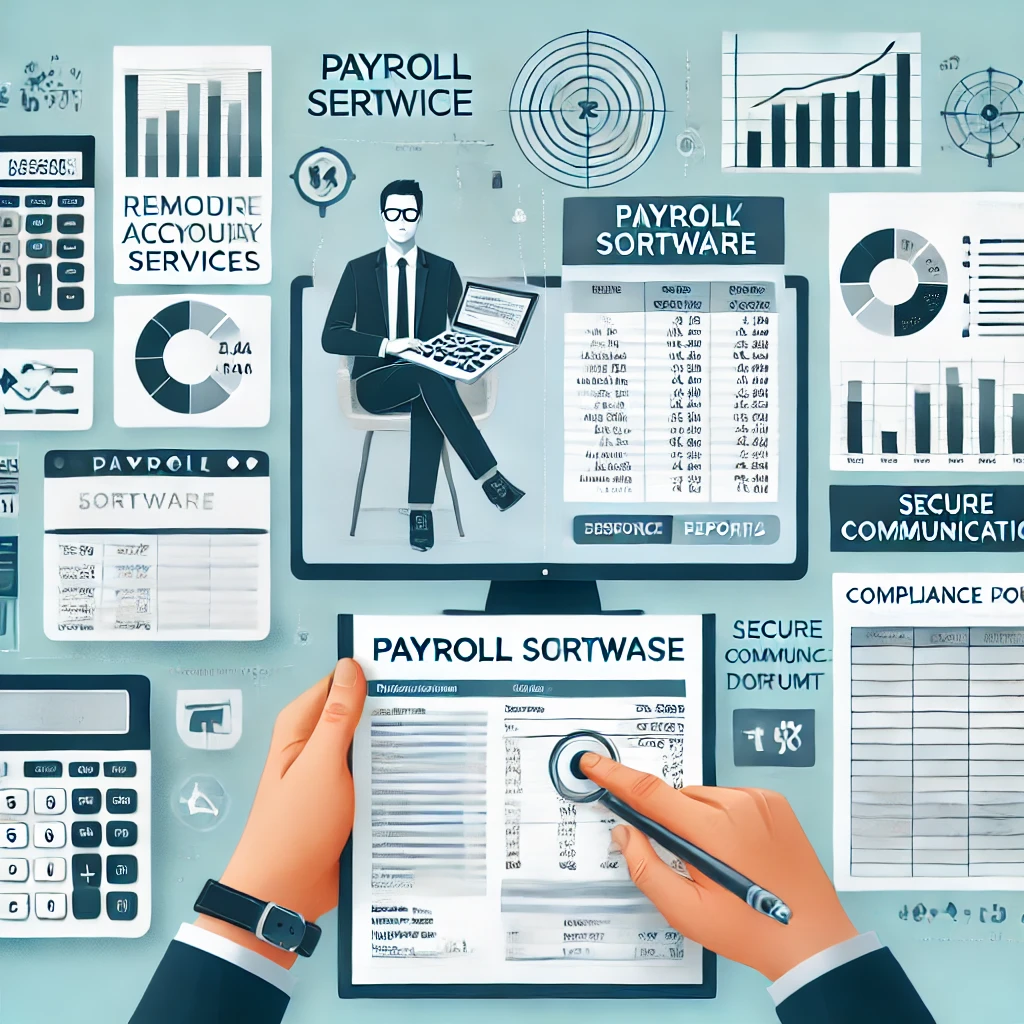Outsourcing Payroll: Ensuring Accuracy and Compliance
Outsourcing payroll can streamline operations and ensure accuracy and compliance. Here’s how to do it effectively.
1. Choose a Reliable Provider
Select a payroll outsourcing provider with a proven track record and expertise in handling payroll for businesses like yours. Look for providers with positive client reviews, industry experience, and a deep understanding of payroll regulations.
2. Define Your Requirements
Clearly define your payroll requirements, including the number of employees, pay frequencies, and specific compliance needs. Providing detailed information helps the provider tailor their services to meet your needs effectively.
3. Ensure Data Security
Data security is critical when outsourcing payroll. Ensure that the provider follows best practices for data protection, including encryption, secure data storage, and regular security audits. Implement confidentiality agreements to safeguard sensitive employee information.
4. Set Clear Communication Channels
Establish clear communication channels with the payroll provider. Regular meetings and updates help ensure that both parties are aligned and any issues are addressed promptly. Use tools like email, phone, and secure messaging platforms to stay in touch.
5. Provide Accurate Employee Information
Ensure that the provider has accurate and up-to-date information about your employees, including personal details, salary, and benefits. Regularly update this information to reflect any changes, such as new hires, terminations, or salary adjustments.
6. Monitor Compliance
Stay informed about payroll regulations and ensure that the provider complies with relevant laws and regulations. Regularly review the provider’s compliance practices and conduct audits to ensure adherence to legal requirements.
7. Review Payroll Reports
Regularly review payroll reports to ensure accuracy and identify any discrepancies. Reports should include detailed information about employee earnings, deductions, and tax withholdings. Address any issues immediately to prevent errors.
8. Plan for Contingencies
Develop contingency plans to address any potential issues, such as system outages or errors in payroll processing. Having a backup plan ensures that payroll operations continue smoothly without disruptions.
9. Evaluate Performance
Regularly evaluate the performance of the payroll provider. Assess their accuracy, timeliness, and compliance with regulations. Gather feedback from employees about their payroll experience and address any concerns promptly.
10. Foster a Collaborative Relationship
Build a strong working relationship with the payroll provider. Treat them as a strategic partner and involve them in relevant discussions and decision-making processes. A collaborative approach leads to better outcomes and mutual growth.
By following these steps, businesses can effectively outsource payroll, ensuring accuracy, compliance, and a streamlined payroll process.

